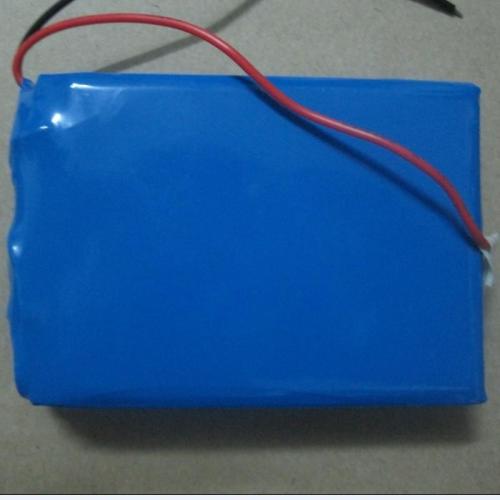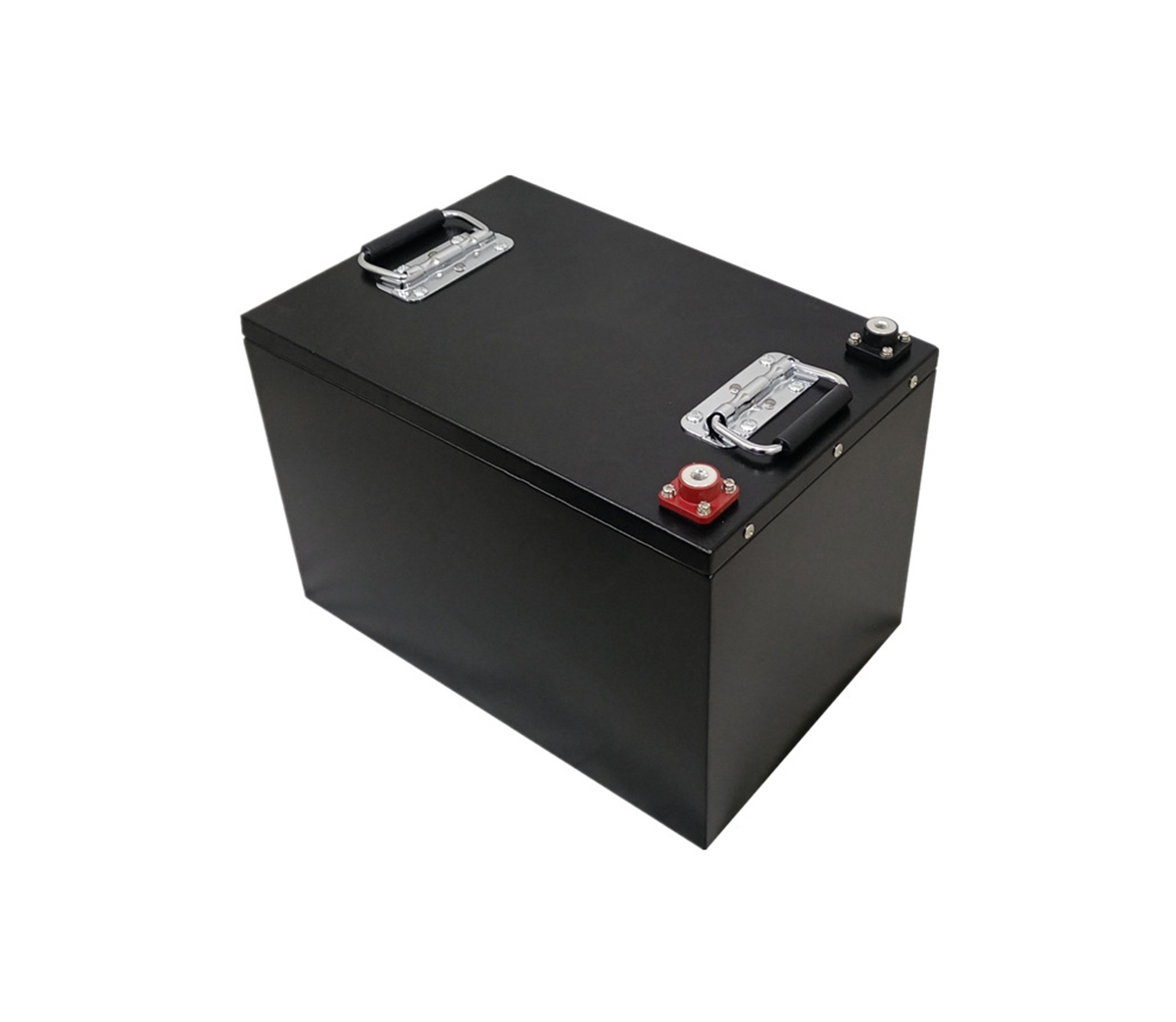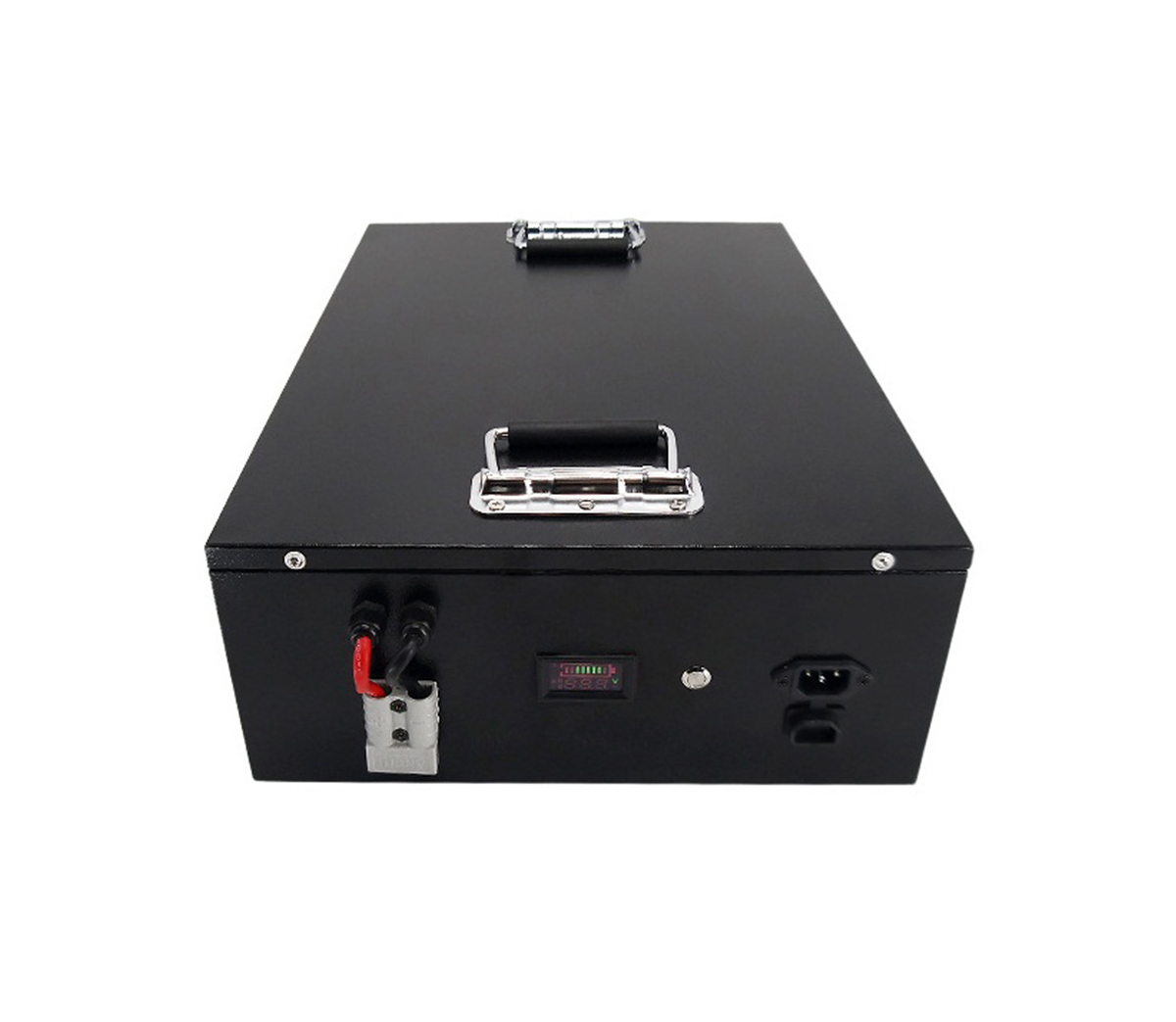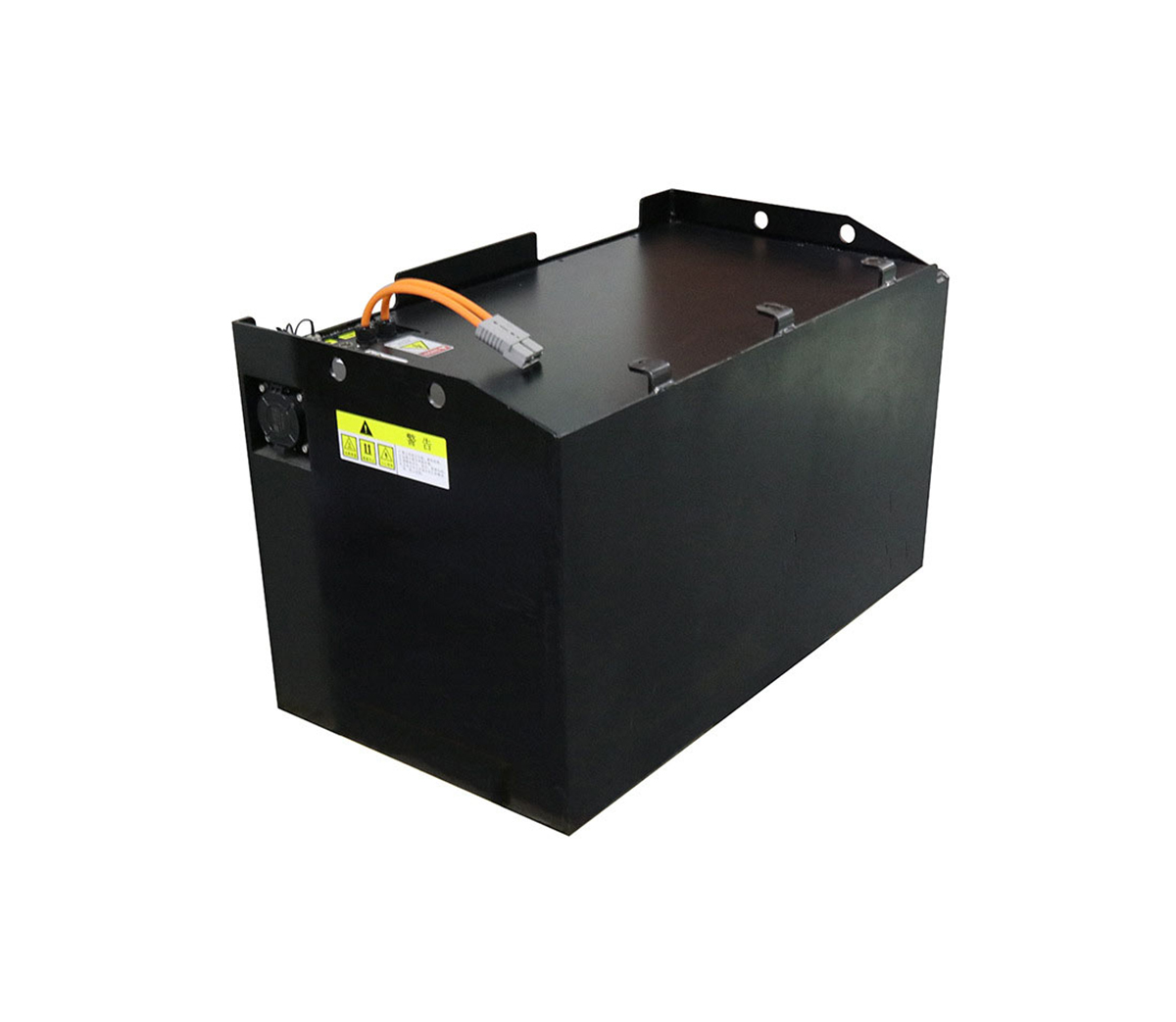
Prepare the materials you need. First, you need a 12V5-15A AC transformer,
a 6-10A high-power rectifier diode, a 25V2200uf capacitor tube, a low-voltage
power control switch, and a 220V power plug. Insulating tape 1 roll. In
addition, a rubber hose with a diameter larger than the diameter of the
high-power rectifier diode is 0.3cm30-50cm (water-proof type, used for cooling
the rectifier diode), and 1 plastic empty bottle (for cooling the rectifier
diode)
Connect the 220V power plug and the input end of the transformer with
wires, and wrap the connector with insulating tape. Because the AC power supply
has no positive and negative poles, so the input terminal is connected casually,
but the input terminal and output terminal must not be mistaken. There are
indications of input and output on the transformer, and you must see
clearly.
Connect both ends of the rectifier diode with wires of the same length, but
the total length should exceed the length of the 30-50cm rubber hose, and then
pass one end through the 30-50cm rubber hose so that the rectifier diode is in
the middle of the rubber hose .
Connect a wire from the 12V output end of the transformer to the positive
(or negative) end of the rectifier diode with a wire and wrap the connector with
insulating tape.
Homemade 12v battery charger
Connect the other line of the 12V output end of the transformer to the
positive (or negative) end of the capacitor tube, and connect the negative (or
positive) end to the negative (or positive) end of the rectifier diode with a
wire, and wrap the connector with insulating tape.
Homemade 12v battery charger
Then connect the positive and negative ends of the capacitor tube to the
wires (lead wire, that is, the wire at both ends of the battery), connect the
positive end to the low-voltage power control switch and connect the wire to the
negative end of the same length, and wrap the connector with insulating tape
That's it.
The terminal charging point voltage (limit voltage) of the 12V battery is
14.4V. Adjust the potentiometer so that the voltage between the middle point of
the potentiometer and the positive pole is -(14.4V+0.7V).
Sampling transistors can use ordinary low-power PNP-type transistors, and
the power output tube needs to use high-power NPN-type transistors.
Charging process analysis:
1. Maintenance and charging:
When the battery voltage is low (can be set, the circuit is preset to be
below 9V), the charger works in a low current maintenance charging state, and
the working principle is that the potential of the U⑨ pin (non-inverting
terminal) is lower than that of the ⑧ pin (inverting terminal) , U output low
potential, T4 is cut off. U1D11 pin potential is about 0.18V. At this time, the
charging current is about 250mA (the constant current circuit is composed of
R14, U1D, T1B peripheral circuits, and the principle of constant current is
analyzed by itself).
2. Fast charging:
As maintenance charging continues, the battery voltage gradually increases.
When the battery voltage exceeds 9V, the charger switches to high-current fast
charging mode, and the U⑨ pin (non-inverting terminal) has a higher potential
than pin ⑧ (inverting end), and U output is high Potential, T4 turns on, U1D11
pin potential is about 0.48V, and the charger constantly outputs about current
to charge the battery.
3. Pressure-limited float charge:
When the battery is close to being fully charged, the charger will
automatically enter the limited voltage floating charge state (the limited
voltage float charge voltage is set to 13.8V, if it is a 6V battery, the float
charge voltage should be set to 6.9V). The charging current will gradually
decrease from the fast charging state. After the battery is fully charged, the
charging current is only 10-30mA, which is used to supplement the battery's
power loss due to self-discharge.
4. Protection and charging indication circuit:
This circuit is equipped with a reverse polarity protection circuit, which
is composed of D4, U, U1D, T1 and peripheral components. When the battery is
reversed, the charger limits the output current to prevent accidents. The
charging indication is composed of U, D7 and peripheral components. When
charging, D7 lights up. After the charger enters the floating state, D7 goes out
to indicate the end of charging.
During the charging process, the lithium battery needs to control its
charging voltage and charging current and accurately measure the battery
voltage. According to the lithium battery voltage, the charging process is
divided into four stages. The first stage is pre-charging. First, use a small
current of 0.1C to pre-charge the lithium battery. When the battery voltage is
greater than or equal to 2.5V, go to the next stage. The second stage is
constant current charging. The lithium battery is quickly charged with a
constant current of 1C. When the battery voltage is greater than or equal to
4.2V, go to the next stage. The third stage is constant voltage charging. The
charging current is gradually reduced to ensure that the battery voltage is
constant = 4.2V. When the charging current is less than or equal to 0.1C, go to
the next stage. The fourth stage is trickle charging. After the constant voltage
charging is completed, the battery is basically fully charged. In order to
maintain the battery voltage, the battery can be supplemented with a current of
0.1C or less. At this point, the lithium battery charging process ends.
1. Maintenance and charging:
When the battery voltage is low (can be set, the circuit is preset to be
below 9V), the charger works in a low current maintenance charging state, and
the working principle is that the potential of the U⑨ pin (non-inverting
terminal) is lower than that of the ⑧ pin (inverting terminal) , U output low
potential, T4 is cut off. U1D11 pin potential is about 0.18V. At this time, the
charging current is about 250mA (the constant current circuit is composed of
R14, U1D, T1B peripheral circuits, and the principle of constant current is
analyzed by itself).
2. Fast charging:
As maintenance charging continues, the battery voltage gradually increases.
When the battery voltage exceeds 9V, the charger switches to high-current fast
charging mode, and the U⑨ pin (non-inverting terminal) has a higher potential
than pin ⑧ (inverting end), and U output is high Potential, T4 turns on, U1D11
pin potential is about 0.48V, and the charger constantly outputs about current
to charge the battery.
3. Pressure-limited float charge:
When the battery is close to being fully charged, the charger will
automatically enter the limited voltage floating charge state (the limited
voltage float charge voltage is set to 13.8V, if it is a 6V battery, the float
charge voltage should be set to 6.9V). The charging current will gradually
decrease from the fast charging state. After the battery is fully charged, the
charging current is only 10-30mA, which is used to supplement the battery's
power loss due to self-discharge.
4. Protection and charging indication circuit:
This circuit is equipped with a reverse polarity protection circuit, which
is composed of D4, U, U1D, T1 and peripheral components. When the battery is
reversed, the charger limits the output current to prevent accidents. The
charging indication is composed of U, D7 and peripheral components. When
charging, D7 lights up. After the charger enters the floating state, D7 goes out
to indicate the end of charging.
Simple 12v charger circuit diagram (detailed explanation of seven 12v
charger circuit diagrams)
Simple 12v charger circuit diagram (2)
For colloidal dielectric lead-acid batteries, this circuit is a
high-performance charger. The charger can quickly charge the battery, and when
the battery is full, it can quickly disconnect the charge. The initial charging
current is limited to 2A. As the battery current and voltage increase, when the
current increases to 150mA, the charger will adjust to a lower floating voltage
to prevent overcharging.
Simple 12v charger circuit diagram (detailed explanation of seven 12v
charger circuit diagrams)
Simple 12v charger circuit diagram (3)
As shown in the figure, the circuit consists of 7805 to form a constant
current source circuit, which is expanded by high-power transistors.
Simple 12v charger circuit diagram (detailed explanation of seven 12v
charger circuit diagrams)
Simple 12v charger circuit diagram (4)
Whether it is a low current (50 mA) or a high current (1 ampere), the
circuit has the ability to provide. You can choose manual charging or automatic
mode. When the current is very low, you can use low current before choosing high
current charging. If the battery voltage is too low, the Zener diode D5 will
have enough current to generate a voltage across R6 to turn on Q2.
Simple 12v charger circuit diagram (detailed explanation of seven 12v
charger circuit diagrams)
Simple 12v charger circuit diagram (5)
During the charging process, the lithium battery needs to control its
charging voltage and charging current and accurately measure the battery
voltage. According to the lithium battery voltage, the charging process is
divided into four stages. The first stage is pre-charging. First, use a small
current of 0.1C to pre-charge the lithium battery. When the battery voltage is
greater than or equal to 2.5V, go to the next stage. The second stage is
constant current charging. The lithium battery is quickly charged with a
constant current of 1C. When the battery voltage is greater than or equal to
4.2V, go to the next stage. The third stage is constant voltage charging. The
charging current is gradually reduced to ensure that the battery voltage is
constant = 4.2V. When the charging current is less than or equal to 0.1C, go to
the next stage. The fourth stage is trickle charging. After the constant voltage
charging is completed, the battery is basically fully charged. In order to
maintain the battery voltage, the battery can be supplemented with a current of
0.1C or less. At this point, the lithium battery charging process ends.
Simple 12v charger circuit diagram (detailed explanation of seven 12v
charger circuit diagrams)
This system is mainly composed of microcontroller, voltage detection
circuit, current detection circuit, battery status indication circuit and
charging control circuit. The circuit schematic diagram is shown in the
figure.
Simple 12v charger circuit diagram (6)
LM358 (dual operational amplifier, pin 1 is power ground, pin 8 is power
positive) and its peripheral circuits provide 12V working power. D9 provides
reference voltage for LM358. The voltage divided by R26 and R4 reaches the
second and fifth pins of LM358. When charging, the upper end of R27 has a
voltage of about 0.15-0.18V. This voltage is added to the third pin of LM358 via
R17, and a high voltage is sent from pin 1. When the battery voltage rises to
about 44.2V, the charger enters the constant voltage charging stage, and the
output voltage Maintained at about 44.2V, the charger enters the constant
voltage charging stage, and the current gradually decreases. When the charging
current decreases to 200mA-300mA, the voltage at the upper end of R27 drops, the
voltage of pin 3 of LM358 is lower than that of pin 2, and the output of pin 1
is low. , Q2 is turned off, D6 is off, and pin 7 outputs a high voltage. This
voltage turns on Q3 all the way, and D10 lights up the other way through D8 and
W1 to the feedback circuit, so that the voltage drops and the charger enters the
trickle charging stage for 1-2 hours. Charging is over.
Simple 12v charger circuit diagram (detailed explanation of seven 12v
charger circuit diagrams)
Simple 12v charger circuit diagram (7)
Lithium-ion battery charger made with 555 time base integrated circuit, it
has constant current charging/constant voltage charging automatic conversion
function, when the battery terminal voltage is lower than 4.2V, the constant
current charging method is used, and the battery terminal voltage is charged to
4.2 At V, it will automatically switch to constant voltage and low current
(60mA) charging mode, and the battery will not be overcharged.
Simple 12v charger circuit diagram (detailed explanation of seven 12v
charger circuit diagrams)
The power supply circuit consists of a power switch S, a power transformer
T, a rectifier bridge UR, filter capacitors C1, C2 and a three-terminal
integrated voltage regulator integrated circuit IC1; the charging circuit
consists of a diode VD, a three-terminal adjustable voltage regulator integrated
circuit IC3, and a resistor R2 ~R4, potentiometer RP2 and control contacts of
relay K; the control circuit is composed of time base integrated circuit IC2,
potentiometer RP1, resistors R1, R5~R8, capacitors C3, C4, transistors V1, V2,
relay K and light emitting Diodes VL1 and VL2 are composed.
After the power is turned on, the AC 220V voltage is stepped down by T, UR
rectified, C1 filtered and IC1 stabilized, and a 12V DC voltage is generated at
both ends of 02. The voltage is divided into three ways: one way is adjusted by
RP1 to provide working voltage (VCC) for 102; one way is added to pin 3 (voltage
input terminal) of IC3 through VD as the input voltage of the charging circuit;
the other way is through R1 Charge C3. The working power of V1, V2 and K is
taken from the rectified DC voltage of UR.
When the power is just turned on, since the voltage across C3 cannot change
suddenly, the voltage on pin 2 of IC2 is lower than Vcc/3, the trigger inside
IC2 is set, pin 3 outputs high level, so that V1 is saturated and turned on, V2
is turned off, K It can't be sucked in, its normally closed contact is turned
on, and R4 is short-circuited, and the charging circuit charges the battery GB
with constant current. VL2 lights up at this time, indicating that the charger
is in a constant current charging state.
When the battery voltage is charged to 4.2V, the voltage of IC2's 6 pin
reaches the 2VCc/3 threshold level, the internal trigger of IC2 is reset, and
the 3 pin changes from high level to low level, so that V1 is cut off and V2 is
saturated and turned on. K pulls in, its normally closed contact is
disconnected, normally open contact is connected, the charging circuit is
changed from constant current charging mode to constant voltage charging mode,
and the GB is charged with constant voltage. The charging current is about 60mA,
and gradually decreases as the charging progresses. When the charging current
drops to about 20mA, the charging ends.



































